What is The Best Way to Send and Receive Money in 2025?
We’ve uncovered the best way to send and receive money in 2025. Sending money to friends and family is easier than ever today. You have multiple apps at your disposal that make it easy to send funds fast. Understanding the pros and cons of each app and what you should consider is important. We’ll help you with this article to get started.
Cash App
Cash App is a simple to use money transfer app that offers a few other benefits besides sending and receiving funds. Users get a free debit card, access to exclusive deals (Cash Boosts), and can invest in stocks or cryptocurrency. Run by Square, Cash App is free for both the sender and recipient, but both parties must have the Cash App to make it work.
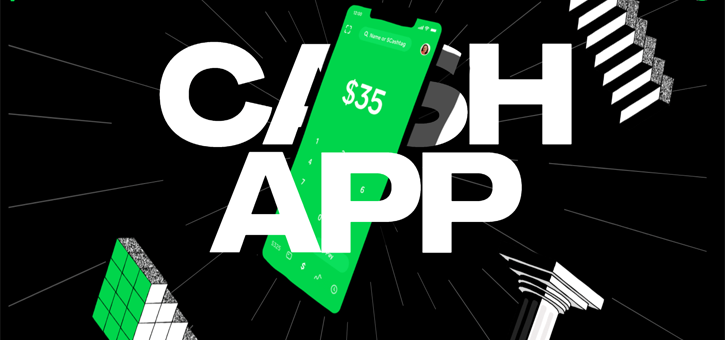
Cash App Pros and Cons
| Pros | Cons |
|---|---|
|
|
Venmo
Venmo is an easy to use ‘social app’ payment service. You can send and receive money from your Venmo account or linked debit card/checking account. You can also link a credit card, but there are fees involved. Venmo makes it ‘fun’ to send and receive funds with its social media feed where you can text friends and family requesting money, dressing it up with emojis to lighten the mood.
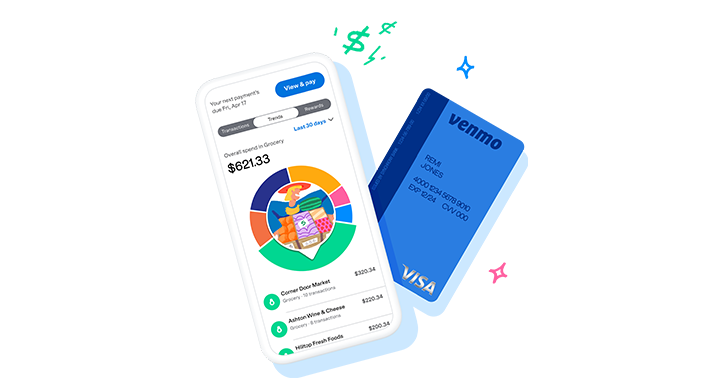
Venmo Pros and Cons
| Pros | Cons |
|---|---|
|
|
Paypal
Most people know PayPal for its online payment system, or even the ability to accept payments for your side hustles. It’s also a strong contender in the mobile payment app arena. You can send and receive payments from friends and family like most other payment apps. PayPal has history and stability on its side, but like most payment apps, both parties need PayPal to exchange funds.
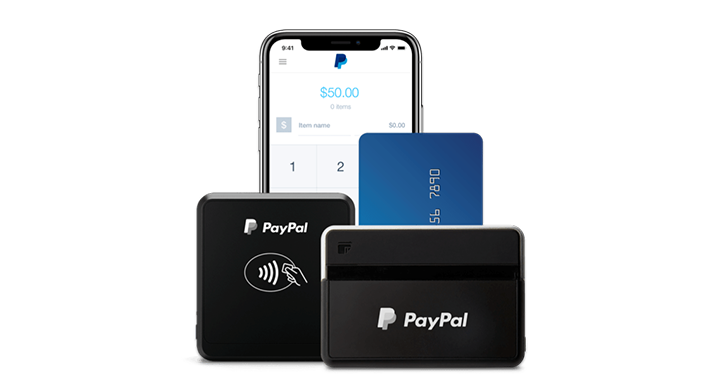
Paypal Pros and Cons
| Pros | Cons |
|---|---|
|
|
Zelle
Zelle is an app that’s integrated into most bank’s mobile apps. If you activate Zelle within the app, you’re ready to send and receive money from friends and family. If your bank has Zelle, you don’t need to download the app. If your bank doesn’t use Zelle, then you will, but it’s easy.
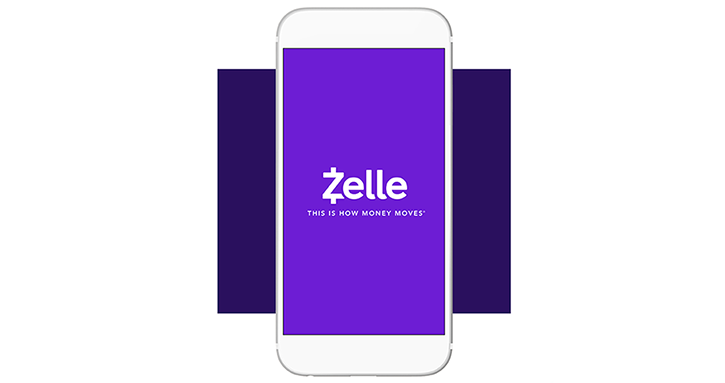
Zelle Paypal Pros and Cons
| Pros | Cons |
|---|---|
|
|
Facebook Pay
If you don’t want to download a payment app, you can use Facebook Pay to send and receive funds for free. Both parties must have a debit card for it to work and it takes just a few seconds to send or receive money.
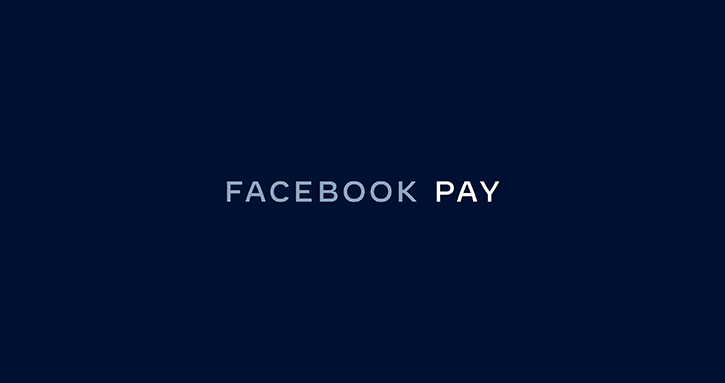
Facebook Pay Pros and Cons
| Pros | Cons |
|---|---|
|
|
Google Pay
Google Pay is a part of the Google Wallet making it easy to not only have contactless payments but also pay friends and family quickly. You can split the bill with a group or send money to individuals within seconds.
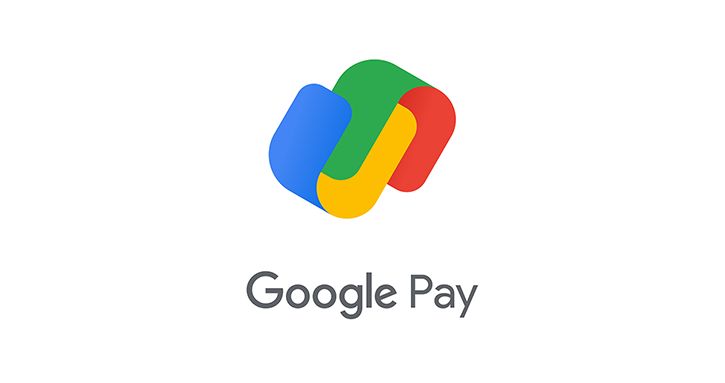
Google Pay Pros and Cons
| Pros | Cons |
|---|---|
|
|
Apple Pay
Apple makes it easy to send and receive funds from friends and family who also have an Apple device. The process takes place in the messaging app – just click the button next to the camera and click on ‘Apple Pay.’ You can choose to send or request funds. You follow the prompts and complete the transaction.
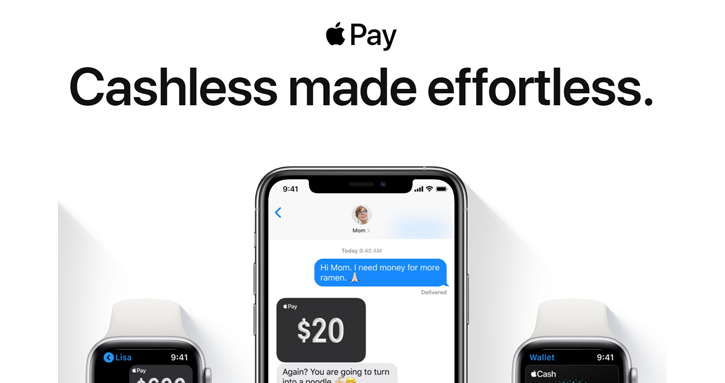
Apple Pay Pros and Cons
| Pros | Cons |
|---|---|
|
|
Xoom
Xoom is an offshoot of PayPal. It’s the ‘speediest’ way to send cash either straight to a person’s bank account or for cash pickup. Xoom updates you on the progress along the way with text messages, and you can get live customer support if you have questions.
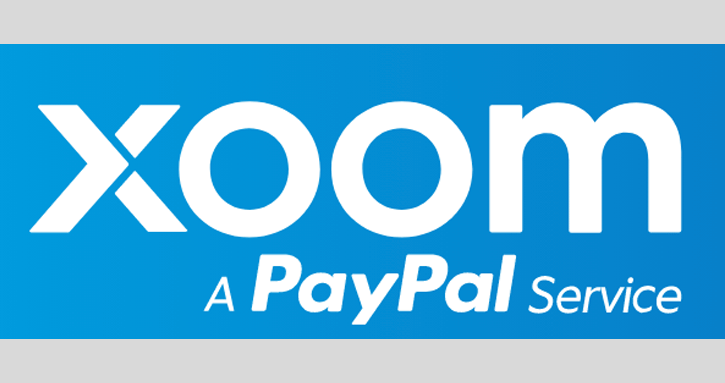
Xoom Pros and Cons
| Pros | Cons |
|---|---|
|
|
Samsung Pay
Samsung Pay is another digital wallet that allows peer-to-peer payments in addition to contactless payments. It’s easy to use and you can pay any contacts already in your phone, sending money in seconds.
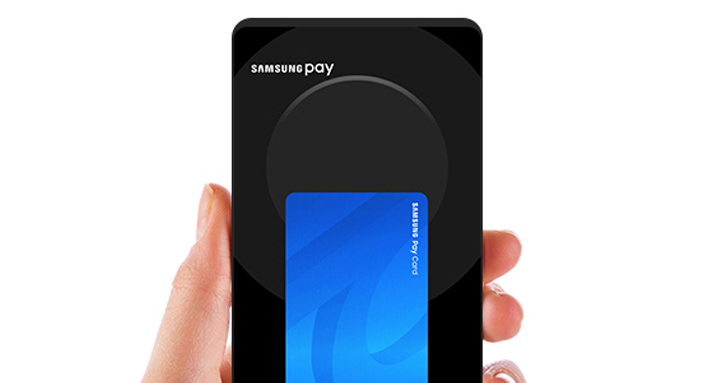
Samsung Pros and Cons
| Pros | Cons |
|---|---|
|
|
Bottom Line
Pay close attention to a payment app’s features and security, as well as the pricing. Sending and receiving money shouldn’t cost you an arm and a leg and it shouldn’t take forever to get the funds into your checking account. The apps mentioned here are user-friendly, affordable, and transfer funds fast.
